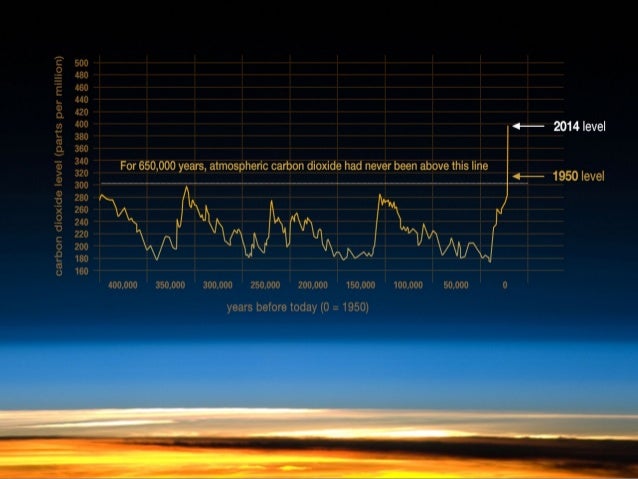Climate Change - The Last Interglacial
This graph shows how carbon dioxide has increased and decreased over hundreds of thousands of years.


The low readings match with times called 'glacial stages'.
During glacial stages, ice covered large areas of the Earth.
The peaks in the graph show times when carbon dioxide was high, matching times called 'interglacial stages'.
The most recent glacial stage occurred between about 115,000 and 11,500 years ago.
During glacial stages, ice covered large areas of the Earth.
The peaks in the graph show times when carbon dioxide was high, matching times called 'interglacial stages'.
The most recent glacial stage occurred between about 115,000 and 11,500 years ago.
The last interglacial period occurred before it, from around 130,000 to 115,000 years ago.
It's official international name is the Eemian, but it has other names in specific places.
Climate information from that time is particularly useful.


During that time, temperatures on earth were higher at the poles than they are now.
The sea level was between five and nine metres higher than current levels, because of the melting of ice in Greenland and Antarctica.
In the UK, this last interglacial period is called the 'Ipswichian'.

Above, an interglacial 'raised beach' deposit at 9 metres above sea-level.
This pebble, shell and sand accumulation is "Ipswichian" in age.
The warming during the last interglacial period was due to natural causes.
These were basically changes in solar radiation hitting the earth, due to the tilt of the earth on its axis.
These were basically changes in solar radiation hitting the earth, due to the tilt of the earth on its axis.

This earlier warm period is useful to estimate what the future has in store.
We can use past climates as a natural experiment on the Earth’s systems, to consider the way it reacts to warming.
The Eemian began when the previous glacial stage ended.
New research has helped to explain that event.
The Eemian began when the previous glacial stage ended.
New research has helped to explain that event.